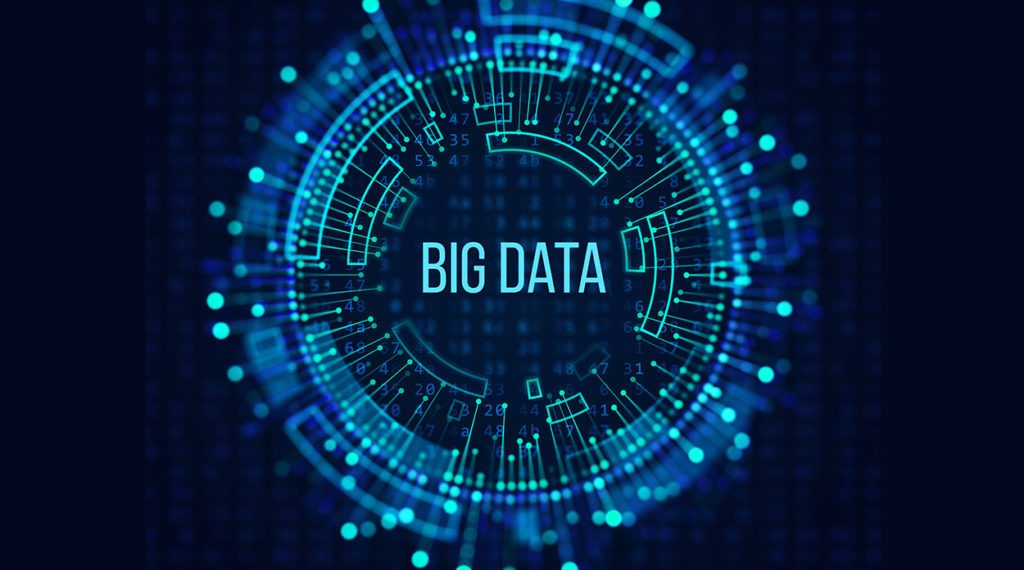The Power of Big Data Analytics: Unleashing Insights for Success

In today’s data-driven world, the term “Big Data Analytics” has become more than just a buzzword. It’s a game-changer that has transformed the way businesses operate, make decisions, and achieve their goals. In this comprehensive guide, we delve deep into the world of Big Data Analytics, exploring its significance, applications, and how it can propel your organization to new heights.
1. Introduction: Embracing the Data Revolution
In the digital age, data is the lifeblood of modern organizations. The ability to harness vast amounts of data and extract meaningful insights has become a crucial factor in achieving success. This is where Big Data Analytics comes into play. It’s not just a technology; it’s a strategic asset that can revolutionize the way you do business.
2. Understanding Big Data Analytics
2.1 What Is Big Data?
Big Data refers to the massive volume of structured and unstructured data that floods into an organization on a daily basis. This data can come from various sources, including customer interactions, social media, sensors, and more. It’s characterized by the three Vs: Volume, Velocity, and Variety.
2.2 The Evolution of Data Analytics
Data Analytics has come a long way. In the past, businesses relied on basic data analysis to make decisions. However, as data grew in complexity and size, traditional methods became inadequate. This led to the emergence of Big Data Analytics, which can handle vast datasets with ease.
3. Why Big Data Analytics Matters
3.1 Enhancing Decision-Making
One of the primary benefits of Big Data Analytics is its ability to provide actionable insights. By analyzing large datasets in real-time, organizations can make informed decisions quickly. Whether it’s identifying market trends or predicting customer behavior, Big Data Analytics empowers decision-makers.
3.2 Gaining a Competitive Edge
In today’s competitive landscape, staying ahead of the curve is essential. Big Data Analytics gives businesses a competitive edge by uncovering hidden opportunities and helping them adapt to changing market conditions. It’s not just about surviving; it’s about thriving.
4. Applications of Big Data Analytics
4.1 Marketing and Customer Insights
Marketing has evolved into a data-driven discipline. Big Data Analytics allows marketers to personalize campaigns, understand customer preferences, and measure the effectiveness of their strategies. It’s a game-changer for businesses looking to connect with their audience on a deeper level.
4.2 Healthcare and Life Sciences
In the healthcare industry, Big Data Analytics has the potential to save lives. It enables researchers to analyze patient data, identify disease trends, and develop more effective treatments. From drug discovery to patient care, Big Data is transforming healthcare.
4.3 Financial Services
Financial institutions rely on data to make investment decisions, manage risk, and prevent fraud. Big Data Analytics provides the tools to process vast financial datasets efficiently. It’s a must-have for banks, insurance companies, and investment firms.
4.4 Supply Chain Management
Efficient supply chain management is crucial for businesses to deliver products on time and reduce costs. Big Data Analytics optimizes supply chains by providing real-time visibility into inventory, demand, and logistics. It’s the key to streamlining operations.
5. How Big Data Analytics Works

5.1 Data Collection and Storage
To analyze data, you first need to collect and store it. This involves gathering data from various sources, such as databases, sensors, and external feeds. Big Data technologies like Hadoop and NoSQL databases excel in this phase.
5.2 Data Processing
Once collected, the data needs to be processed. This involves cleaning, transforming, and aggregating the data to prepare it for analysis. Data processing tools ensure that the data is in the right format and structure.
5.3 Data Analysis
The heart of Big Data Analytics lies in data analysis. This phase involves using statistical algorithms, machine learning models, and data visualization techniques to extract insights. Tools like Python, R, and specialized analytics platforms are essential here.
6. Challenges in Big Data Analytics
6.1 Data Security and Privacy
With great data comes great responsibility. Ensuring the security and privacy of sensitive data is a significant challenge in Big Data Analytics. Organizations must implement robust security measures and comply with data protection regulations.
6.2 Scalability and Infrastructure
As data continues to grow, scalability becomes a concern. Organizations must invest in scalable infrastructure to handle the increasing data volume. Cloud computing and distributed systems are common solutions.
7. Best Practices for Successful Implementation

7.1 Define Clear Objectives
Before diving into Big Data Analytics, it’s essential to define clear objectives. What do you want to achieve with your data? Setting goals ensures that your analytics efforts align with your business strategy.
7.2 Choose the Right Tools and Technologies
Selecting the right tools and technologies is crucial. Consider factors like your data volume, complexity, and the skills of your team. Whether it’s open-source software or commercial solutions, make informed choices.
7.3 Build a Skilled Team
Having a skilled team is essential for successful implementation. Data scientists, analysts, and engineers with expertise in Big Data Analytics are valuable assets. Invest in training and development to nurture talent.
8. Frequently Asked Questions (FAQs)
8.1 What is the difference between Big Data and traditional data?
Big Data encompasses vast and diverse datasets, often exceeding the capabilities of traditional data processing methods. It’s characterized by its three Vs: Volume, Velocity, and Variety.
8.2 Is Big Data Analytics suitable for small businesses?
Yes, Big Data Analytics can benefit small businesses by providing insights into customer behavior, market trends, and operational efficiency. Cloud-based solutions make it accessible to businesses of all sizes.
8.3 How can I ensure the security of my data in Big Data Analytics?
Data security in Big Data Analytics involves encryption, access controls, and compliance with data protection regulations. It’s essential to implement robust security measures and regularly audit data handling practices.
8.4 What are some popular tools for Big Data Analytics?
Popular Big Data Analytics tools include Hadoop, Apache Spark, Tableau, and Google BigQuery. The choice of tools depends on your specific needs and data requirements.
8.5 What industries benefit the most from Big Data Analytics?
Industries such as e-commerce, healthcare, finance, and manufacturing benefit significantly from Big Data Analytics. Any sector dealing with large volumes of data can leverage its potential.
9. Conclusion: Unleash the Potential of Big Data Analytics
In conclusion, Big Data Analytics is not just a technological advancement; it’s a strategic imperative. It empowers organizations to make data-driven decisions, gain a competitive edge, and unlock new opportunities. As you embark on your Big Data journey, remember that success lies in setting clear objectives, choosing the right tools, and nurturing a skilled team. Embrace the data revolution, and watch your organization thrive in an increasingly complex business landscape. With Big Data Analytics, the possibilities are limitless.







